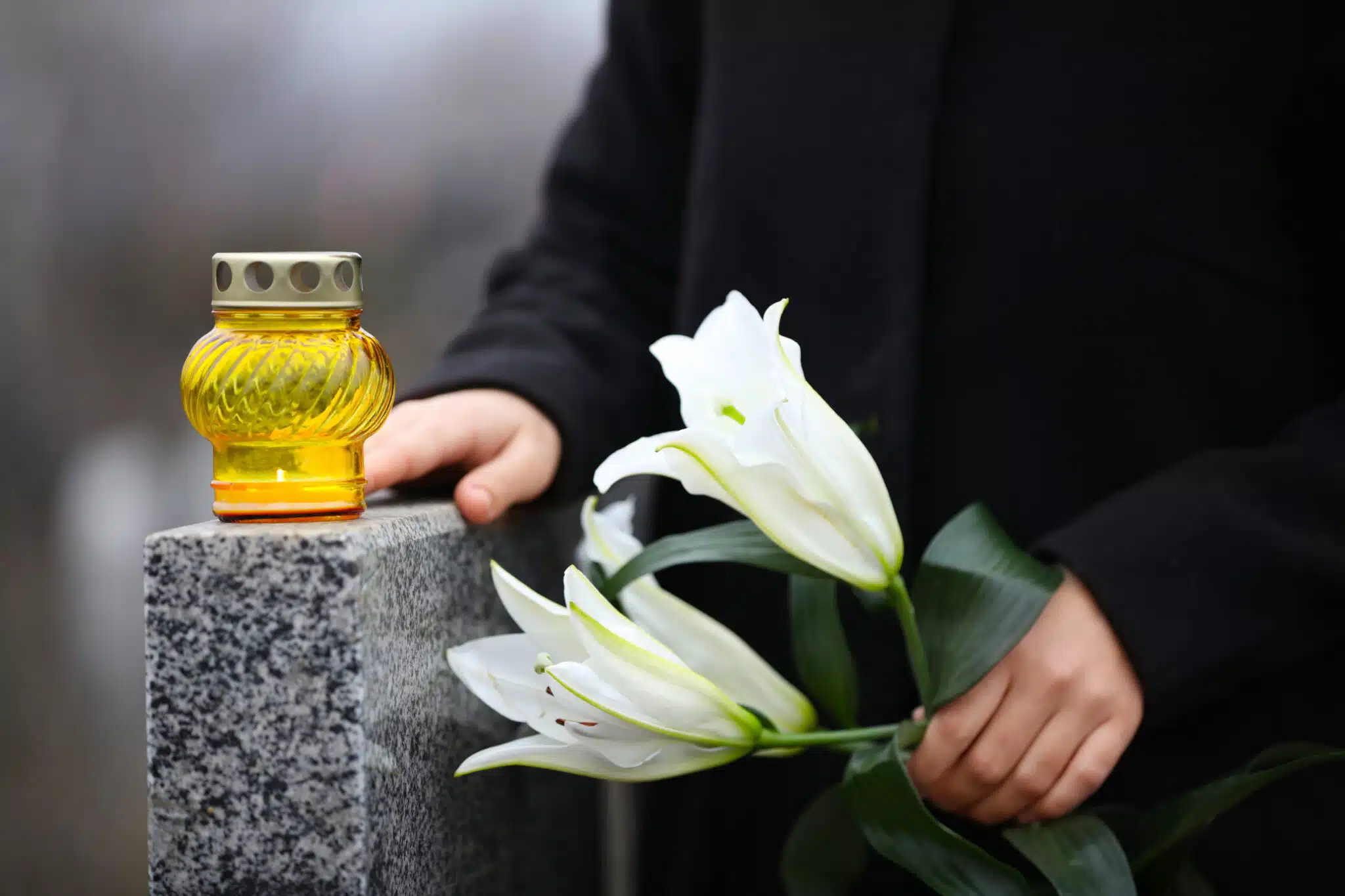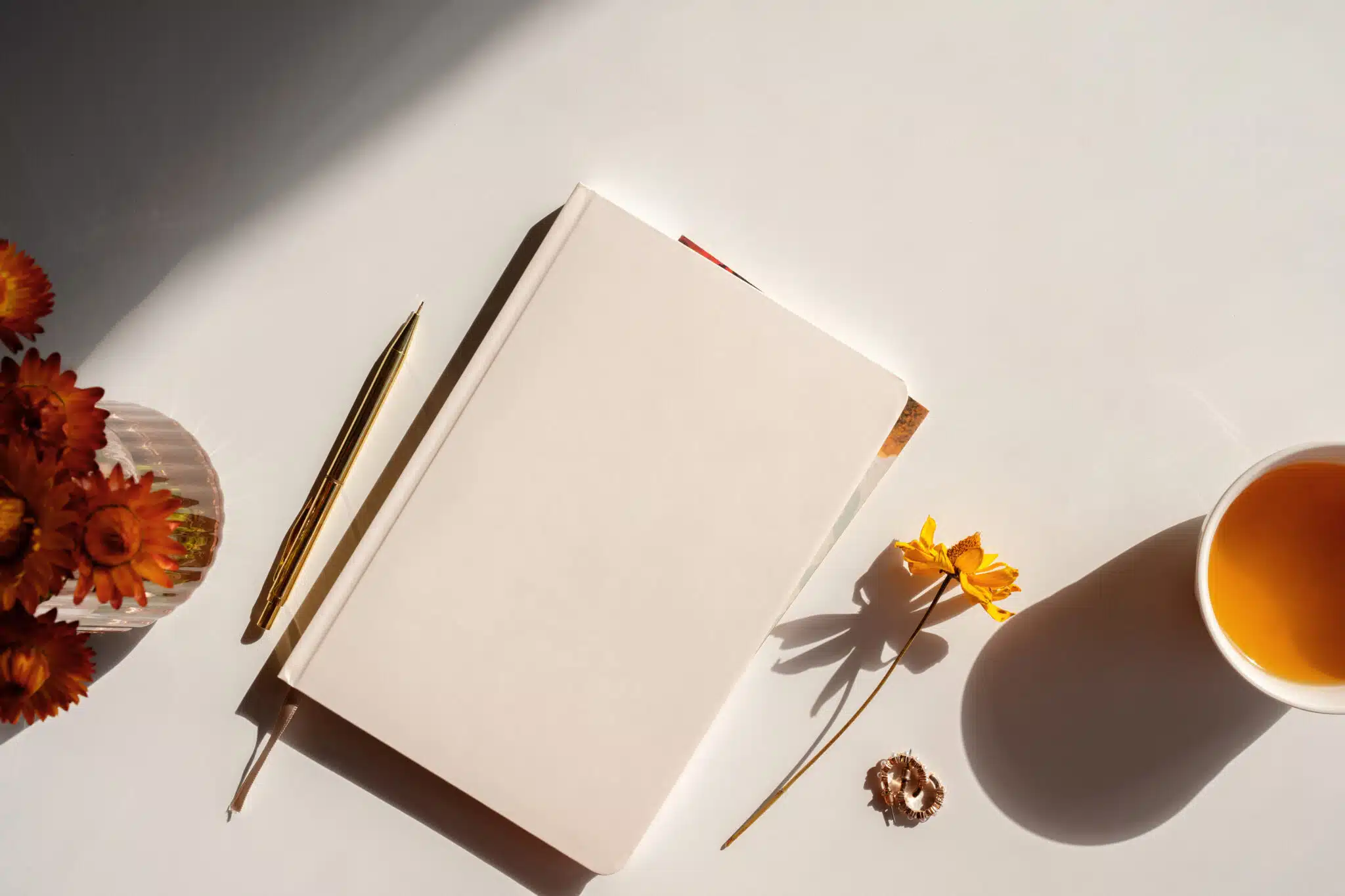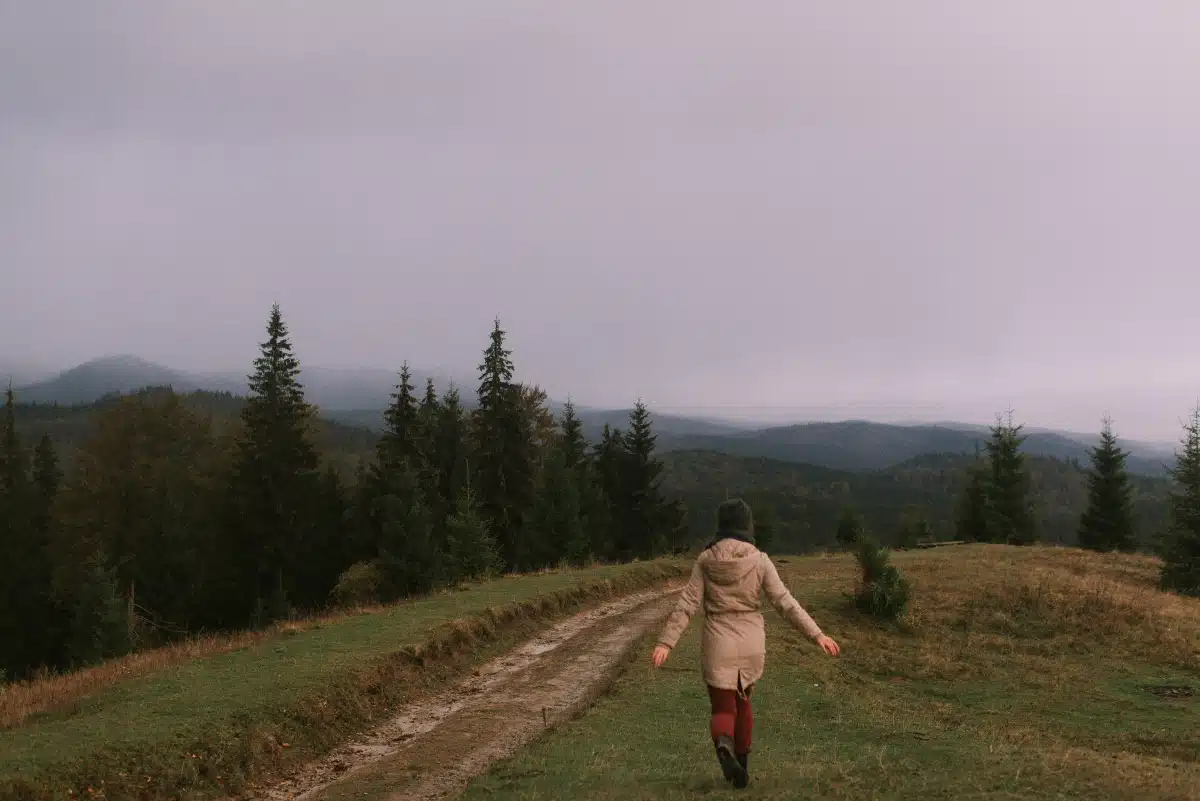Here’s what the Hir a Thoddaid poetry form is:
Hir a Thoddaid (literally “long stanza with a Toddaid”) is the 22nd of the codified Welsh meters.
It consists of an isosyllabic mono-rhymed quatrain followed by a Toddaid couplet, which is itself the 19th meter.
This unique form is the most commonly used of the awdl forms in the modern day.
So if you want to learn all about the Hir a Thoddaid poetry type, then you’ve come to the right place.
Let’s dig deeper into it!

Types of Poetry: Hir a Thoddaid

Hir a Thoddaid is the 22nd of the codified Welsh meters.
While these various forms aren’t incredibly popular worldwide, this particular form is the most widely used of the awdl forms in the modern day.
Even the National Eisteddfod of Wales, considered the largest music and poetry festival in all of Europe, has celebrated this form as recently as the last few years.
In practice, this is a poem form written in sixains that utilizes monorhyme (except for one line) and techniques that well represent the poetic traditions of Wales, including a Toddaid couplet and gair cyrch, both of which will be described later in this article.
It is almost but not completely isosyllabic.
Basic Properties of Hir a Thoddaid

| Rhyme Structure | Strict |
| Meter | Syllabic |
| Origin | Wales |
| Popularity | Uncommon globally but still practiced today |
| Theme | Usually memorials and eulogies |
How Is Hir a Thoddaid Structured?

Hir a Thoddaid, literally “long stanza with a Toddaid,” consists entirely of six-line verses (sixains) that are internally comprised of a quatrain and a Toddaid couplet.
These lines are all ten syllables, with the exception of the final line of each verse, which is nine syllables.
Neither of these lengths are particularly uncommon in Welsh poetry, but it is worth noting that being this close to isosyllabic (consisting of the same number of syllables) is a relatively unique quality among the codified Welsh meters.
Additionally, the poem consists mostly of monorhyme, with the sole exception being the final line.
Whereas many Welsh forms thrive on cross-rhymes, Hir a Thoddaid is not quite as prone to using them, with the one mandatory usage being in the final couplet of the verse.
The “Toddaid couplet” that I’ve mentioned a few times now is actually the 19th codified Welsh meter.
It’s not unusual for a Welsh meter to include other meters within it, with this form being one of the most noteworthy examples.
A Toddaid couplet, for its part, is an uneven monorhymed couplet consisting of a ten-syllable line followed by a nine-syllable line that utilizes gair cyrch, a type of cross-rhyme (a rhyme that utilizes the internal portions of lines instead of just the end sounds).
This is also what disrupts the monorhyme, as you can see in the diagram below:
xxxxxxxxxA
xxxxxxxxxA
xxxxxxxxxA
xxxxxxxxxA
xxxxxxxA-xb
xxxbxxxxA
In the diagram above ‘x’ represents an unrhymed syllable while ‘A’ represents the main rhyme of the poem.

Note that while the main end sound does pop up in the fifth line, it’s place at the end is taken by ‘b,’ the sound to be used in gair cyrch.
The hyphen in this case represents a caesura after the penultimate use of the main rhyme, most commonly a dash.
Keep in mind that this is only one verse.
As with other Welsh meters, a poem written in Hir a Thoddaid can go on for as long as the poet wishes.
Each verse will follow the core structure outlined above.
As with all Welsh poetry, cynghanedd (harmony of sound) is generally expected.
Welsh poets prize the musical qualities of poetry and in practical terms cynghanedd can be translated as the repetition of sound.
In English terms we would say that it’s comprised of techniques such as consonance, assonance, rhymes, etc.
As the translated name “long stanza with Toddaid” would suggest, this form really is just a very simple quatrain attached to a Toddaid couplet.
If you were to remove the couplet then the form would just be a buck-standard isosyllabic mono-rhymed quatrain.
All of the unique qualities of the poem reveal themselves in this sudden burst of technical prowess at the end of the verse.
Also, the exact positions of the internal rhymes on lines five and six can slide around a bit.
They’ll generally be in the last half and first half of their respective lines, though.
This form is usually used for memorials and eulogies, but it has become more relaxed over time.
Nowadays it’s fair to write a poem about any topic as long as it respects the structural conventions of the form but do note that purists may dismiss more experimental topics as not being in the spirit of the form.
(Especially disrespectful topics.)
Example of a Hir a Thoddaid

Long ago, I saw a single spruce tree.
I could have sworn she bowed and waved at me.
What a strange, impossible sight to see
but still I would swear up and down to thee
that such a thing did really be— so look!
There by the brook, I knew it was she!
The above poem, while rather short, does showcase the basic elements of the form.
The first part is rather simple, structurally, so you only really need to note the last two lines.
Note how the length of the very last line is unique (9 syllables) and how the rhyme scheme breaks to make room for gair cyrch.
Of course, this is a relatively simple example with a slightly nonsensical bend to it.
It’s also worth noting that this poem breaks convention since it is not a memorial of any kind, but it wouldn’t be the first Hir a Thoddaid to break theme and won’t be the last.
Tips for Writing Hir a Thoddaid

The first part of the poem should actually be quite simple for poets of the intermediate level and above.
The only things you’re hard-pressed to worry about are the rhyme scheme and syllable counts, though including as many repeated sounds as possible will certainly be well-received.
For this part, try to keep the end rhyme simple unless you’re feeling ambitious.
The above example purposely uses a vowel ending, the “-ee” sound, because vowel-dominant end sounds tend to be easy to rhyme over multiple instances.
Avoid words that are difficult to rhyme with or you may find your options painfully limited mid-poem.
The more challenging part is easily the Toddaid couplet at the end.
The use of this couplet throws an interesting wrench into the form, forcing you to disrupt the rhyme scheme and syllable count that you’d been keeping track of throughout the early portions of the verse.
Take your time writing it and don’t be afraid to change the lines above it if you think they’re not working toward a good ending.
If you can manage it, then the couplet is a great place to throw in some sort of twist or revelation.
It doesn’t have to be anything major, but since the structure suddenly breaks up at the last few lines it would be a shame not to take advantage of that somehow.
Poet’s Note

We have finally, after numerous articles about Welsh poetry, arrived at a form I genuinely enjoy.
Admittedly, my own attempts at Hir a Thoddaid tend to push away from Welsh traditions, but this is still a fine and interesting form that will challenge you without alienating you.
You may initially see the couplet at the end of each verse as an awkward interruption but embrace it as a challenge and you can definitely learn to love this one.
Comprehensive Collection of Poetry Forms: Craft Words Into Art

Dare to traverse the entire spectrum of poetic forms, from the commonplace to the extraordinary?
Venture from the quintessential Sonnet to the elusive Mistress Bradstreet stanza, right through to the daunting complexity of Cro Cumaisc Etir Casbairdni Ocus Lethrannaigecht.
For those with a zeal to encounter the full breadth of poetry’s forms, this invitation is yours.
Start exploring the vast universe of poetic ingenuity with our comprehensive array of poetry forms right now!
